Bali, often referred to as "The Island of the Gods," is home to thousands of temples scattered across its breathtaking landscape. These pura (temples) serve as places of worship and spiritual gathering for the island's Hindu population, reflecting the island's deeply rooted traditions and religious practices. Among the most striking and historically significant of these temples is Taman Ayun Temple. Let's explore deeper into this timeless royal compound of Mengwi.
Timeless Grand Edifice: Pura Taman Ayun
The Royal Temple of Mengwi
Situated in Mengwi, Badung, Taman Ayun Temple was originally built in the 17th century as a royal temple for the Mengwi Kingdom. Designed to be a place of peace and worship, this temple complex showcases the rich cultural and architectural legacy of Bali. Its name, Taman Ayun, translates to "Beautiful Garden," and true to its name, the temple is surrounded by lush greenery, calm water features, and beautifully manicured gardens.
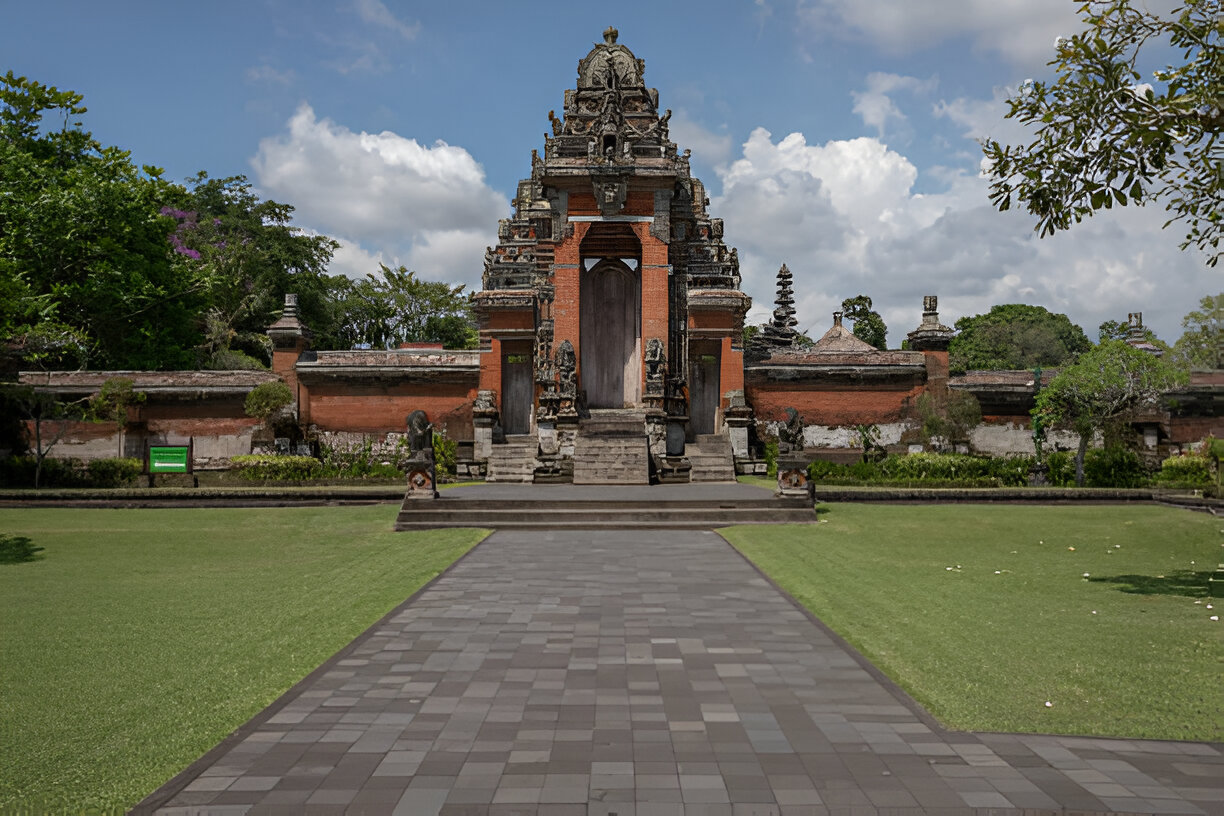
Declared a UNESCO World Heritage Site in 2012 as part of Bali's cultural landscape, Taman Ayun is a testament to the island’s deep connection to its heritage and spirituality. The temple is a prime example of Bali's unique ability to combine nature and spirituality into one cohesive experience.
The Layout and Structure
The Taman Ayun Temple complex occupies a vast area, divided into four distinct courtyards, each serving a different purpose in both religious and social life. As you enter the temple grounds, you’ll first cross a stone bridge that leads you to the Jaba, or outer courtyard. This area, surrounded by a moat, gives visitors their first taste of the temple’s serene atmosphere, with trees and ponds creating a tranquil ambiance.
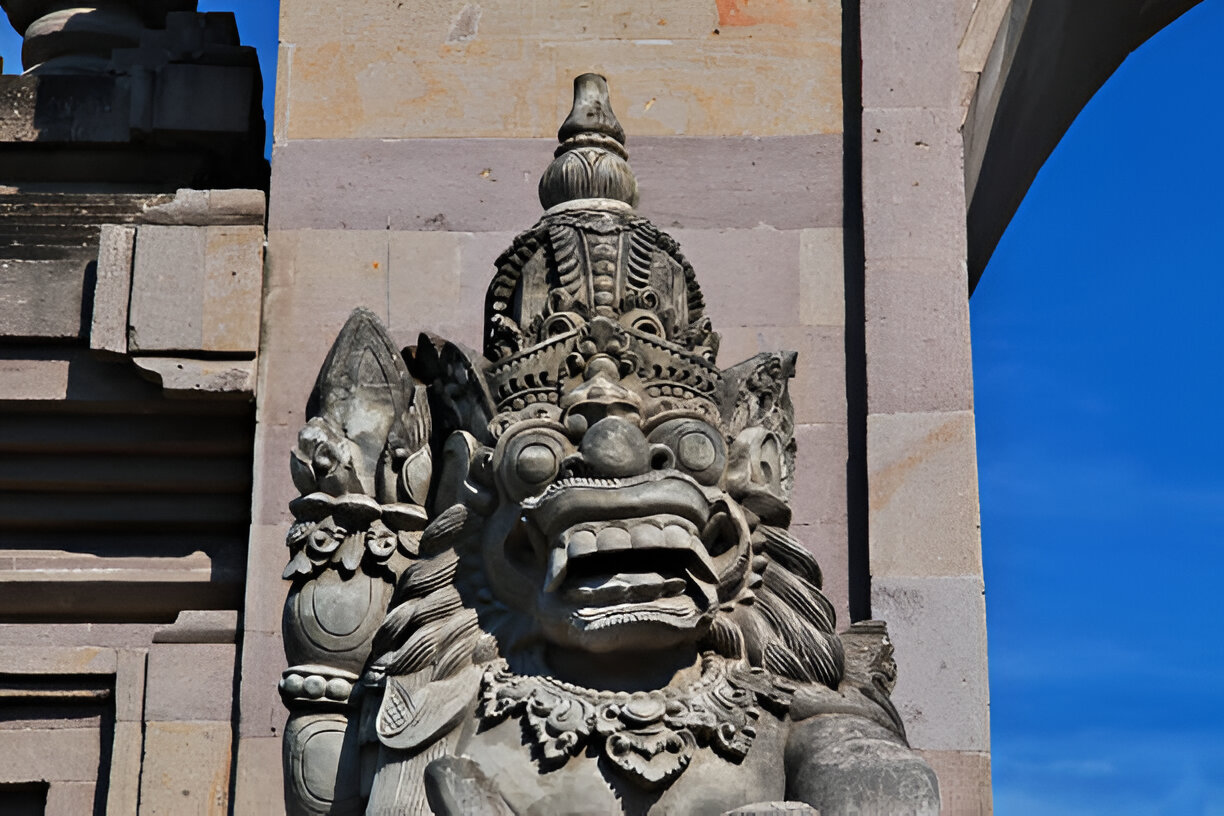
The second inner court introduces more architectural grandeur. Here, you’ll find a tall fountain representing the nine deities that guard the cardinal directions, surrounded by beautiful ornamental structures and statues. This area serves as a reminder of the spiritual significance that permeates the temple.
The highest and most sacred court is the Utama Mandala, only accessible during certain ceremonies. This section contains the most important shrines, including towering meru, or multi-tiered pagodas, each representing the mountain home of the gods in Hindu cosmology. The intricate carvings and tiered thatched roofs add to the temple’s spiritual atmosphere, making this an awe-inspiring place for reflection.
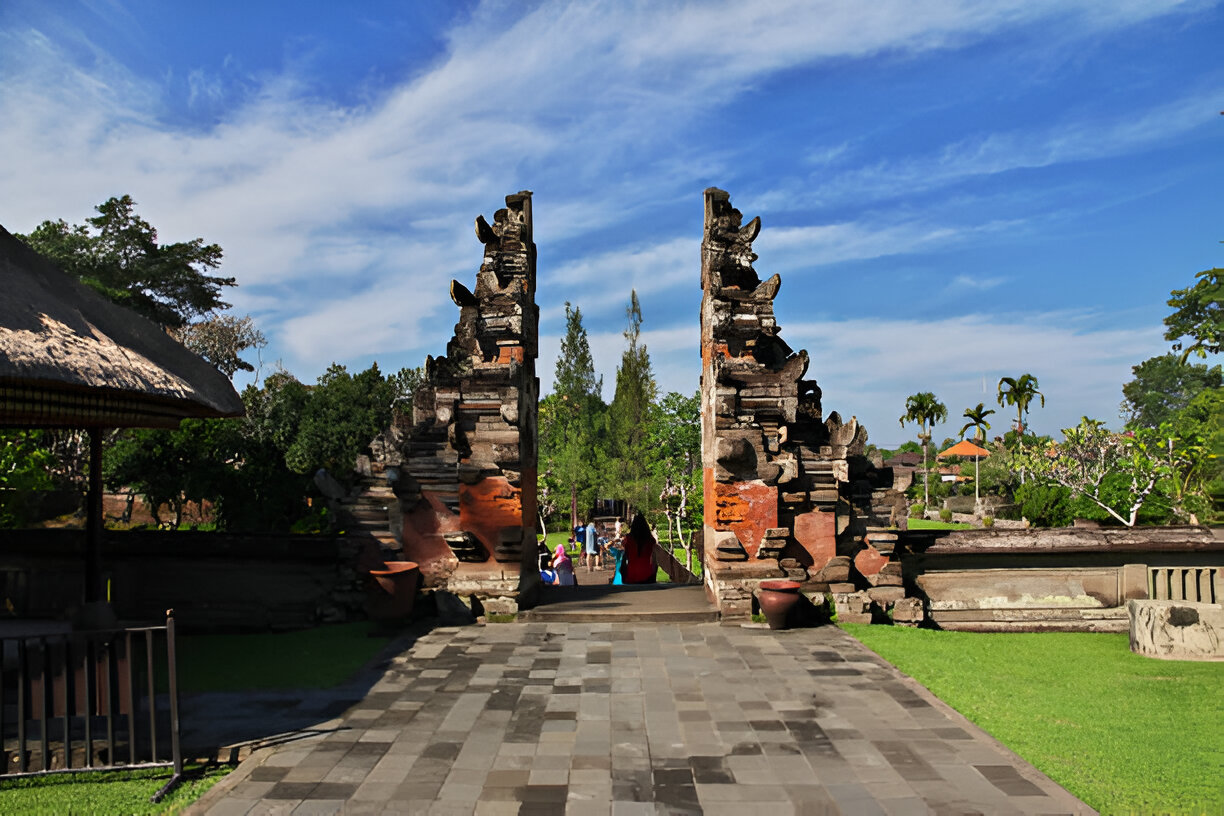
A Blend of Nature and Spirituality
Taman Ayun Temple is not only an architectural masterpiece but also a place where visitors can experience the harmonious relationship between nature and spirituality. The temple is surrounded by beautifully maintained gardens filled with tropical plants and trees, creating a serene environment that invites contemplation and peace. This balance between the natural and the divine is a central theme in Balinese spirituality, and Taman Ayun is the perfect embodiment of this philosophy.
The temple's location within a lush landscape, combined with the presence of the surrounding moat, symbolizes the sacred relationship between the spiritual world and the natural environment. The moat itself is significant in Hindu-Balinese belief, as it separates the outer world from the holy grounds, reinforcing the sense of entering a sacred space upon crossing the bridge.
A Journey Through Timeless Beauty
The history of Taman Ayun Temple dates back to 1634, when it was constructed by I Gusti Agung Putu, the ruler of the Mengwi Kingdom. At the time, Mengwi was one of Bali’s most powerful kingdoms, and the temple was built not only as a place of worship but also as a symbol of the kingdom’s strength and prosperity. The temple served as the royal family’s personal sanctuary, a place where they could pray and offer gifts to the gods.
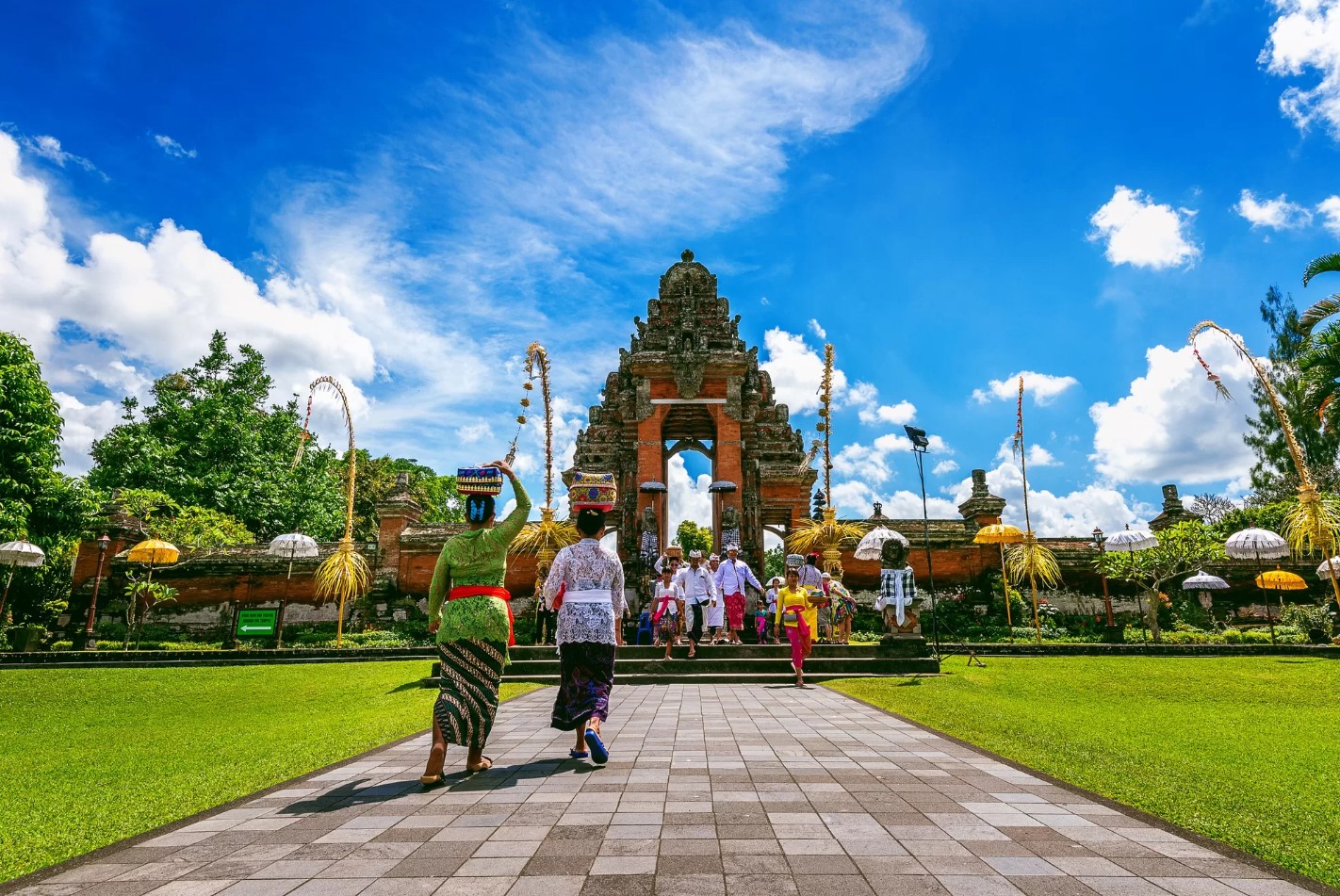
The layout and architectural design of the temple were inspired by the concept of the Balinese Subak system, an intricate and communal rice irrigation system that plays a crucial role in Balinese agriculture. The Subak system itself has also been recognized by UNESCO, further underlining the cultural significance of the Taman Ayun Temple complex.
Throughout its history, the temple has undergone several renovations, with the most significant restoration taking place in 1937. Despite the fall of the Mengwi Kingdom in the 19th century, the temple remains a well-preserved and vital part of Bali’s cultural heritage.
The Best Period to Visit
Taman Ayun Temple can be visited year-round, but the best time to go is during Bali’s dry season, which lasts from April to October. During these months, the weather is typically sunny and mild, making it easier to explore the temple grounds without the discomfort of rain or muddy pathways.
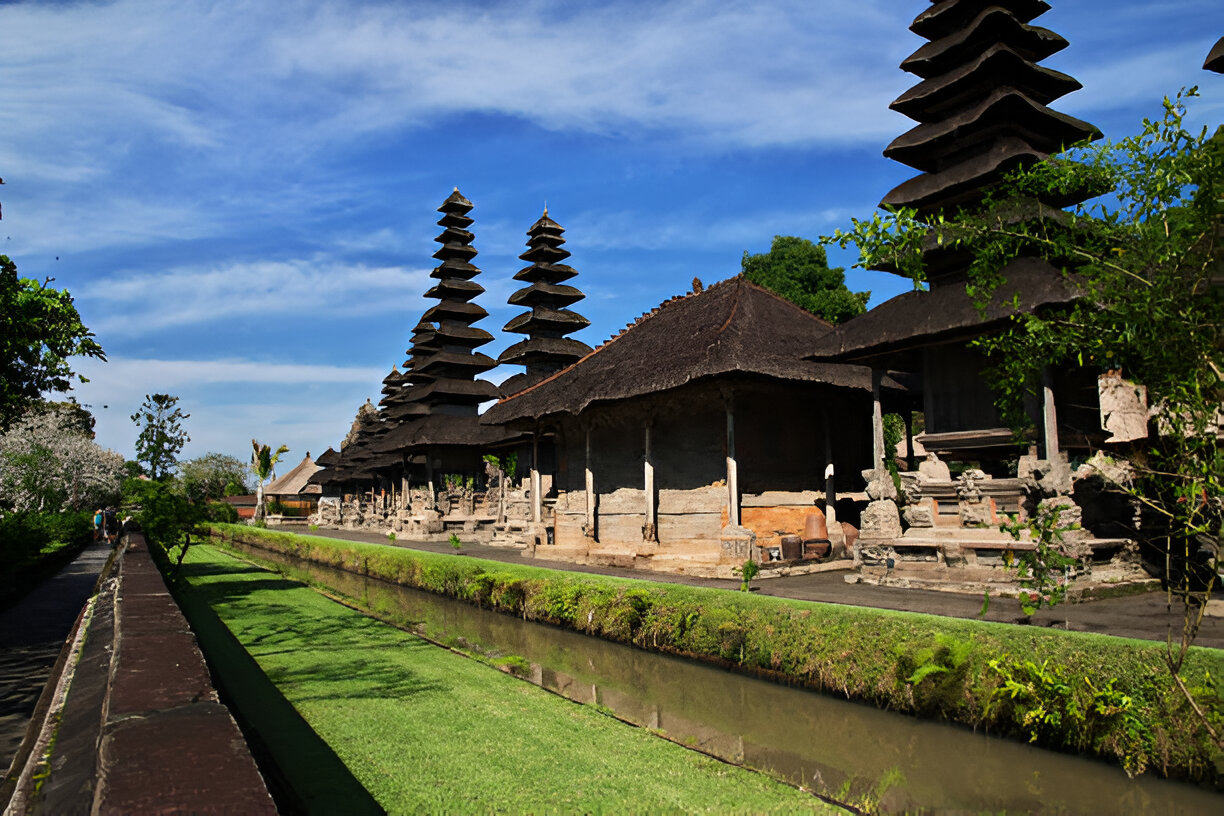
To fully enjoy the peaceful ambiance of the temple, consider visiting either early in the morning or late in the afternoon. Not only will the temple be less crowded, but the soft, golden light during these times creates the perfect backdrop for photography. For those who are particularly interested in Balinese culture, visiting during one of Bali's major religious festivals, such as Galungan or Kuningan, offers a unique insight into the island's spiritual practices.
Mindful Tips
As Taman Ayun is an active place of worship, it’s important for visitors to be very mindful, very demure of local customs and traditions. Here are a few tips to ensure a respectful and enjoyable experience:
Dress Modestly: While there isn’t a strict dress code, it's respectful to wear clothing that covers your shoulders and knees. Sarongs are available for rent at the entrance if needed.
Maintain a Quiet Atmosphere: The temple is a place for prayer and reflection, so keep noise levels to a minimum, and be considerate of worshippers who may be present.
Avoid Flash Photography: While photography is generally allowed, using flash inside the shrines is considered disrespectful.
Respect Ceremonies: If you happen to witness a religious ceremony, observe quietly from a respectful distance and refrain from interrupting the proceedings.
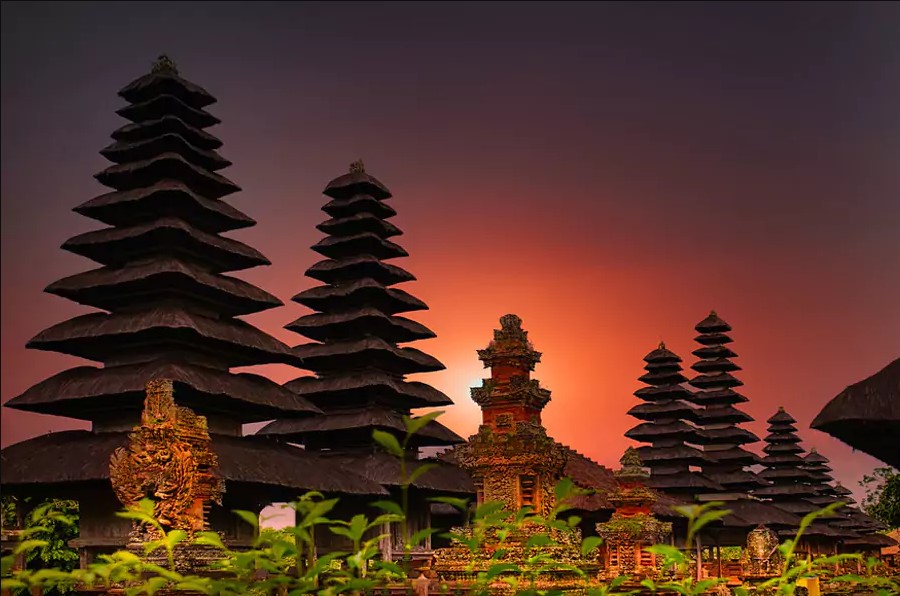
Taman Ayun Temple is much more than just a tourist attraction—it’s a window into Bali’s rich history, spirituality, and artistic legacy. Visiting this temple allows you to appreciate the intricate architecture, the harmonious relationship between nature and spirituality, and the timeless traditions that continue to thrive in Bali. So, on your next trip to the Island of the Gods, be sure to add Pura Taman Ayun to your itinerary—an experience you won’t soon forget.



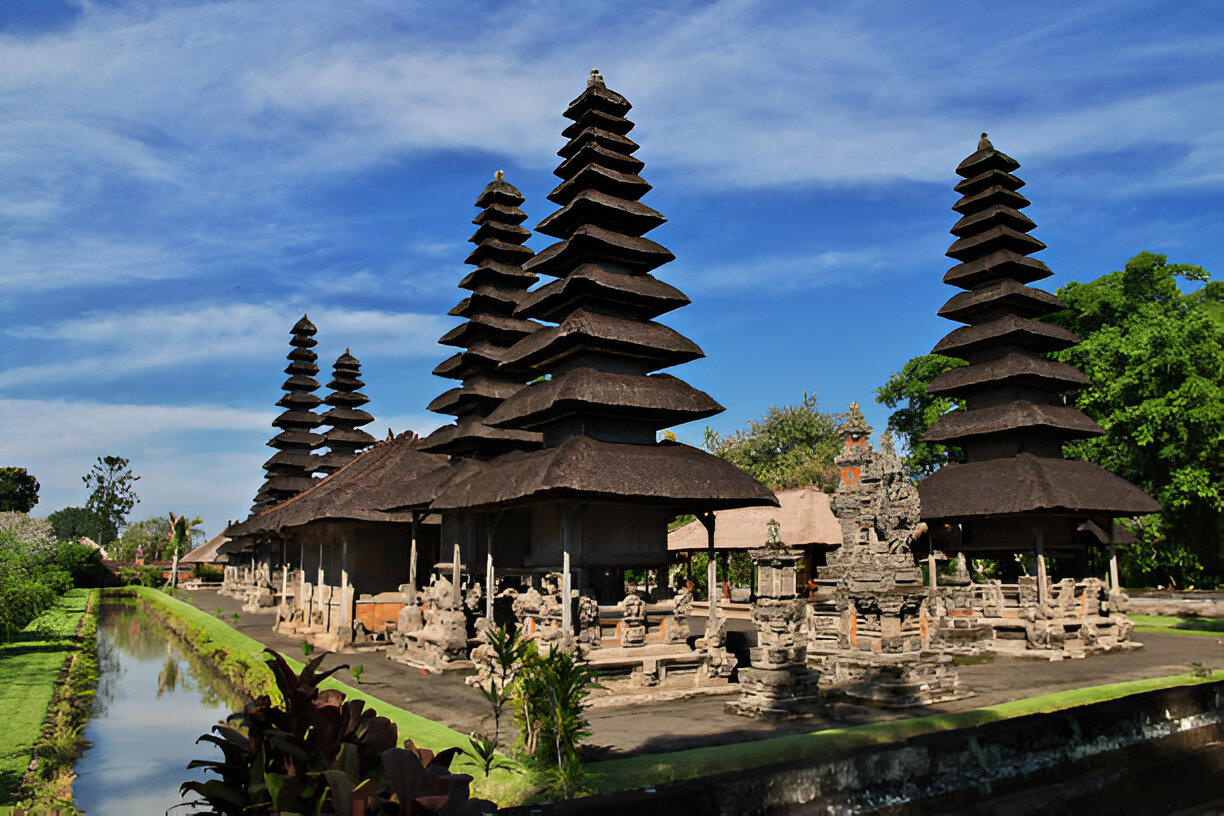
 Billy Bagus
Billy Bagus
 Sep 19, 2024
Sep 19, 2024






